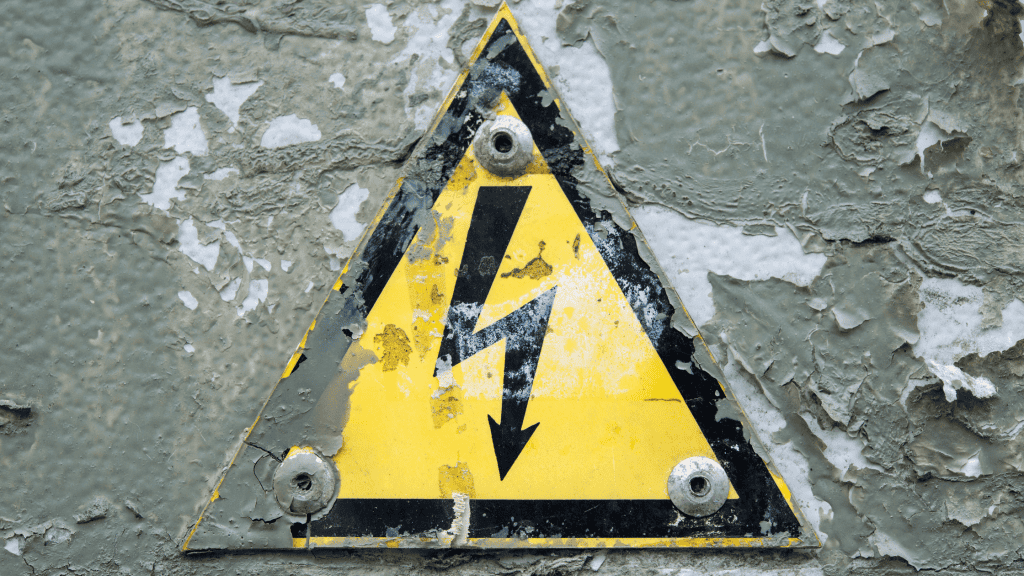Construction sites are a big emphasis for the Occupational Health and Safety Administration (OSHA). According to their website, construction is among the most dangerous industries in the country, and construction inspections comprise 60% of OSHA’s total inspections.
The four leading causes of construction industry fatalities are called the “OSHA Focus Four”. This includes the following hazards:
This is the third installment in our blog series addressing each of these. We will offer tips to help reduce unsafe conditions and increase education to promote employees’ recognition of those hazards.
Electrocution
According to the U.S. Bureau of Labor Statistics, electrocution was the fourth leading cause of death in construction in 2005. Contact with overhead power lines energized sources and improper use of cords are identified as major electrical hazards.
OSHA identifies electrical hazards with the acronym: B.E. S.A.F.E.
B – Burns: electrical burns can come from heat generated through the flow of an electrical current through the body. Arc and thermal burns are also possible when dealing with electrical components.
E – Electrocution: OSHA defines electrocution as when a person is exposed to a lethal amount of electric energy.
S – Shock: shock is a result of when part of your body comes into contact with an electrical circuit – with current entering and leaving the body.
A – Arc Flash/Arc Blast: An arc flash is the sudden release of electrical energy through the air when a high-voltage gap exists and there is a breakdown between conductors. Giving off extremely high temperatures and thermal radiation, high-voltage arcs can also produce pressure waves by heating the air and creating a blast.
F – Fire: most electrical fires are a result of poor wiring or faulty electrical outlets, plugs, receptacles, or switches.
E – Explosions: an explosion can happen when electricity ignites an explosive material in the air.
Make sure you are protecting yourself and your work crews from electrical hazards. Maintain a safe distance from overhead power, use ground-fault circuit interrupters (GFCi’s), inspect portable tools and cords, use power tools and equipment appropriately and follow safety procedures outlined during training sessions.
Ensuring your employees and work crews are keeping safety top-of-mind and have the proper education on identifying and eliminating hazards will keep themselves and co-workers safe on the job site.
Source | OSHA Training Institute “Construction Focus Four: Struck-By Hazards Instructors Guide”

